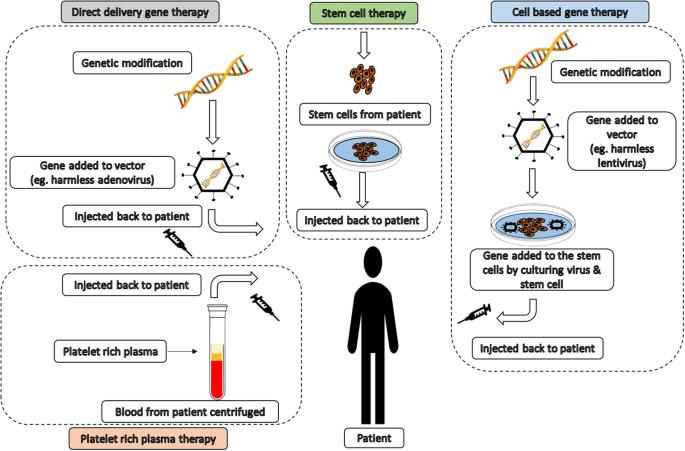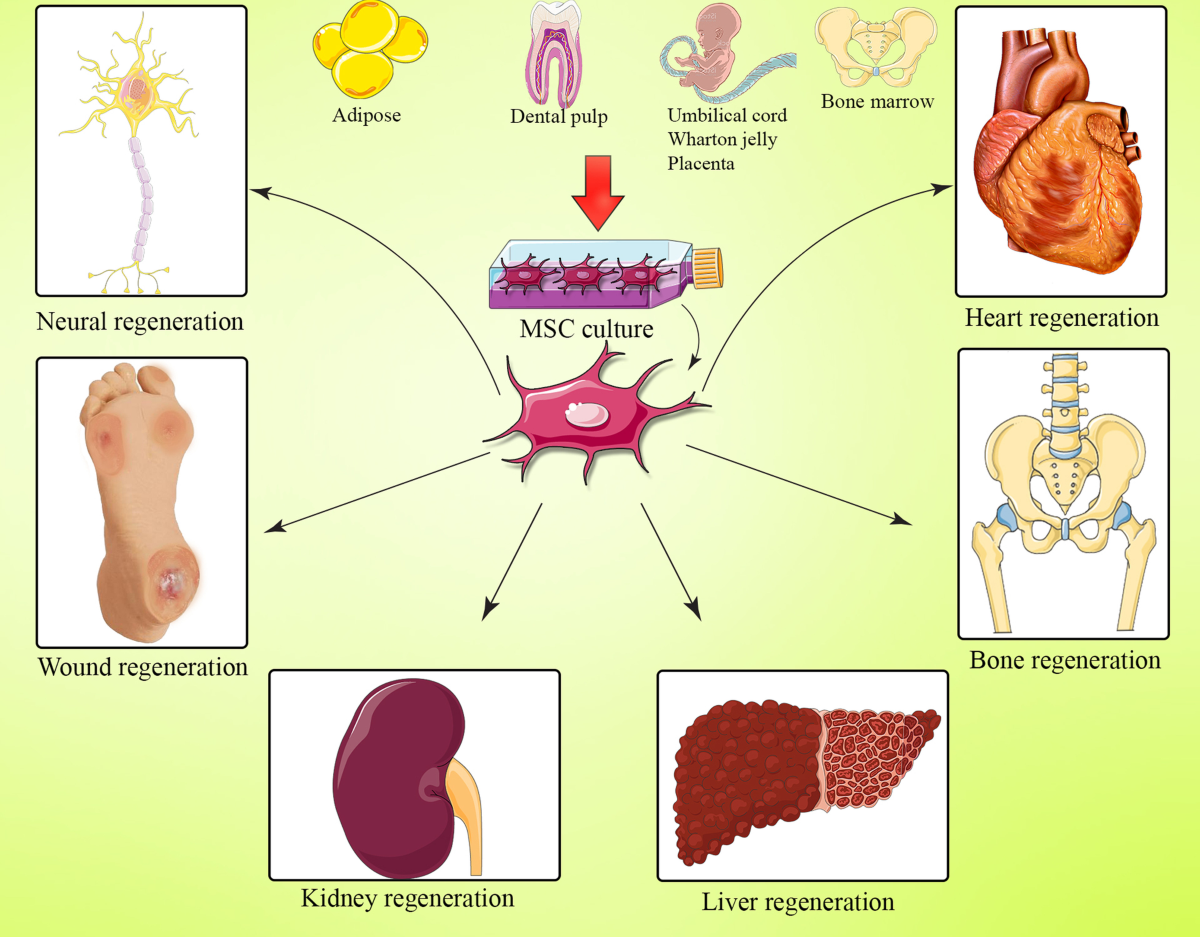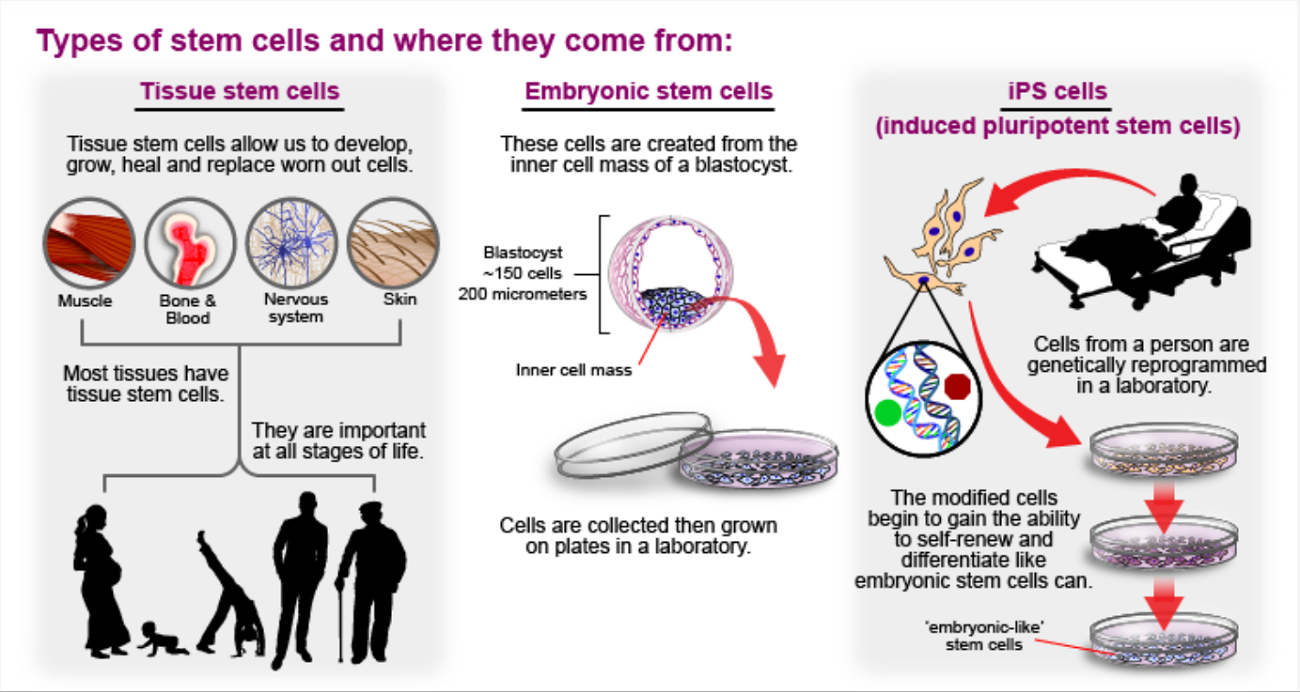Table of Contents

[/image][=video]
[/video]
The majority of sites utilized for bone marrow harvesting are situated in the hip bones and the breast bone. The procedure takes area in the operating area. The contributor will certainly be anesthetized throughout the harvest and will not feel the needle. In recovery, the benefactor may experience some discomfort in the locations where the needle was put.

If an autologous transplant is planned, previously accumulated stem cells, from either outer (apheresis) or harvest, are counted, evaluated, and ready to infuse. The preparations for a bone marrow transplant differ depending on the kind of transplant, the condition needing transplant, and your tolerance for sure medications. Take into consideration the following: Usually, high dosages of radiation treatment and/or radiation are included in the prep work.
This therapy is frequently called ablative, or myeloablative, due to the effect on the bone marrow. The bone marrow generates a lot of the blood cells in our body. Ablative therapy prevents this process of cell manufacturing and the marrow ends up being empty. An empty marrow is needed to make area for the new stem cells to expand and establish a brand-new blood cell manufacturing system.
It is not a surgery to put the marrow into the bone, but resembles getting a blood transfusion. The stem cells discover their method right into the bone marrow and begin reproducing and expanding new, healthy blood cells. After the transplant, encouraging treatment is offered to avoid and treat infections, adverse effects of therapies, and problems.
Medical Group servicing Walker
The days before transplant are counted as minus days. The day of transplant is taken into consideration day zero. Engraftment and healing following the transplant are counted as plus days.
The days are numbered to aid the person and family understand where they are in regards to dangers and discharge preparation. Throughout infusion of bone marrow, the individual might experience the following: Discomfort Chills Fever Hives Upper body discomfort After infusion, the client might: Invest several weeks in the healthcare facility Be really susceptible to infection Experience extreme blood loss Need blood transfusions Be confined to a clean environment Take multiple anti-biotics and other medications Be provided medicine to avoid graft-versus-host diseaseif the transplant was allogeneic.
Relying on the type of transplant and the disease being dealt with, engraftment normally happens around day +15 or +30. Blood counts will be examined commonly during the days adhering to transplant to evaluate initiation and progress of engraftment. Platelets are generally the last blood cell to recoup. Engraftment can be postponed as a result of infection, medications, low donated stem cell count, or graft failure.
Bacterial infections are one of the most typical. Viral and fungal infections can be life-threatening. Any kind of infection can create a prolonged medical facility stay, stop or delay engraftment, and/or cause irreversible organ damage. Anti-biotics, antifungal medicines, and antiviral medicines are often offered to try to stop major infection in the immunosuppressed client. Thrombocytopenia (reduced platelets) and anemia (low red blood cells), as a result of a nonfunctioning bone marrow, can be harmful and even serious.
Pain relevant to mouth sores and intestinal (GI) irritation is common. High doses of chemotherapy and radiation can create severe mucositis (inflammation of the mouth and GI system). Fluid overload is a problem that can bring about pneumonia, liver damage, and high blood pressure. The main factor for fluid overload is since the kidneys can not stay on par with the large quantity of fluid being given up the form of intravenous (IV) medications, nourishment, and blood products.
Medical Group

Respiratory status is an important function that may be compromised throughout transplant. Infection, inflammation of the air passage, fluid overload, graft-versus-host disease, and bleeding are all potential dangerous problems that may occur in the lungs and lung system. The liver and heart are necessary body organs that might be damaged during the transplant procedure.
Failure of the graft (transplant) holding in the marrow is a possible complication. Graft failure may happen as an outcome of infection, recurrent disease, or if the stem cell matter of the given away marrow wanted to trigger engraftment. Graft-versus-host illness (GVHD) can be a significant and serious problem of a bone marrow transplant.
As opposed to an organ transplant where the client's immune system will try to deny only the transplanted organ, in GVHD the new or transplanted body immune system can attack the entire client and all of his/her body organs. This is because the brand-new cells do not identify the cells and body organs of the recipient's body as self.

The most common websites for GVHD are GI tract, liver, skin, and lungs. Diagnosis significantly relies on the following: Kind of transplant Kind and level of the disease being treated Disease action to treatment Genetics Your age and overall wellness Your resistance of details medications, treatments, or therapies Severity of issues As with any procedure, in bone marrow transplant the prognosis and long-lasting survival can vary significantly from one person to another.
Medical Group servicing Walker, Michigan
Constant follow-up treatment is crucial for the individual complying with a bone marrow transplant. New approaches to improve therapy and to reduce issues and adverse effects of a bone marrow transplant are continually being discovered.
Accessed June 5, 2017. The hope is to restore damaged tissue that will not appropriately recover by itself. Regenerative medicine treatments can be separated into three categories: facilitate healing by infusing or positioning live cells right into the individual. Examples of cellular treatment consist of PRP and stem cell therapies, which can be utilized to treat tendinopathy and various other sporting activities injuries.
Peripheral nerves, for instance, consist of Schwann cells, nerve fibroblasts, and immune cells, each playing a duty in nerve regeneration, as reviewed here. Stem cell treatment is one of the most thoroughly investigated and appealing branches of cell regrowth therapy. Some cells, such as epithelial cells in the skin or the cellular lining of the intestinal system, have a high turnover turn over price can regenerate quicklySwiftly
Navigation
Latest Posts
Hormone Therapy
Perimenopause Treatment
Menopause Therapy